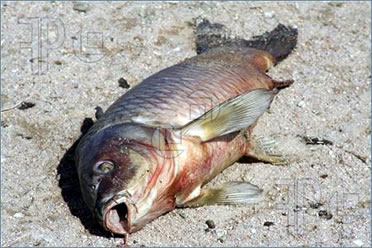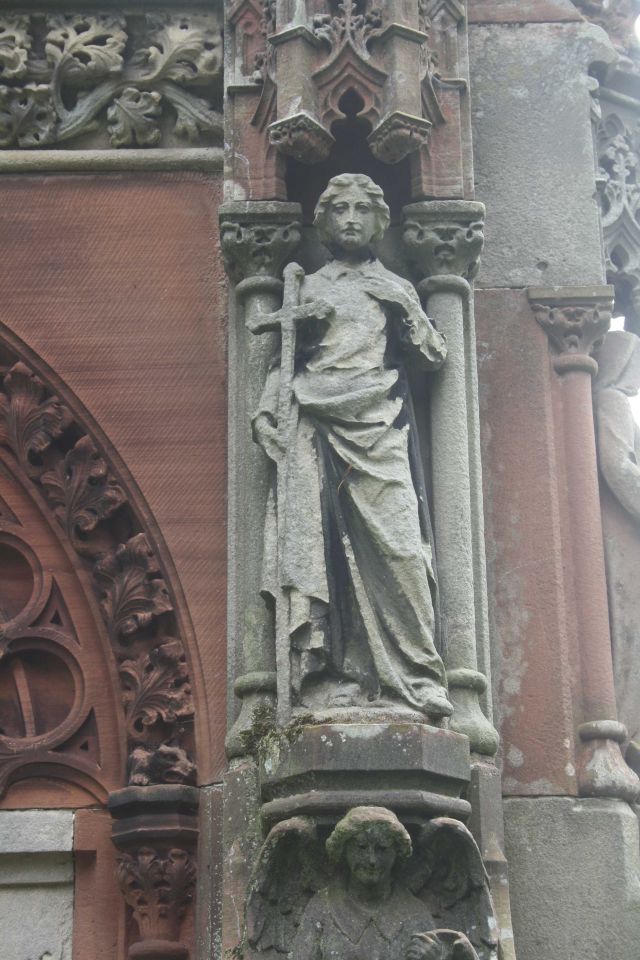| Online: | |
| Visits: | |
| Stories: |
Cleaning the head of the Fish – Part 1
Cleaning the head of the Fish
Part 1
By MLJ on 20th July 2015
The crop of the serpent is about to be cut down.
The meaning of the boulders is about to be known.
The purpose of the quest is about to be realized.
The meeting of the fortunates will soon commence.
Be not fearful of the events.
Be ever on the ready.
The serpent has ruled unjustly and unfairly.
The bell will toll.
The Light will shine.
I will soon gather all that are mine.
Best Wishes,
Credit and further Insights: M 24 Amitakh
During 2014 an internationally coordinated and co-created crystalline grid construct and reconfiguration became operational.
During July 2015 inspired actions were undertaken to further refine and elaborate on the established construct, and initially foresaw the creation of three additional nodes. However, as further inspiration and insights dictated, the endeavour took on unforeseen dimensions.
The realisation of wholesale infiltration and corruption combined with divinely inspired actions resulted in the co-creation of a multi-faceted construct for purification, purging and healing of all at all levels to facilitate transcendence of duality. Additionally, proprietary or imposed self-limiting patterns are deconstructed, with grace and ease.
The project is open source in as much as it is intended for ALL
Three pivotal crystalline nodes, form the backbone of the architecture. Direct and symbolic links connect to locations and realms forming a multi-facetted gem shaped construct characterised by dynamic, momentum and torque. Integration of an infinity engine, ensures that the purification and healing mechanism will function in perpetuity.
The newly created grid was integrated into the 2014 construct.
These reports shall be restricted to the divinely inspired co-creation, not proceeding 2015 and illustrate sections of the architecture, whilst offering historical context and insights…


Rosslyn Chapel, the Mystery Tour begins..
Node 1.
Image Credits: codehostel.com
‘It came into his mind to build a house for God’s service, of most curious work, the which that it might be done with greater glory and splendour, he caused artificers to be brought from other regions and foreign kingdoms and caused daily to be abundance of all kinds of workmen present as masons, carpenters, smiths, barrowmen and quarriers…..’
Credit and further Insights: rosslynchapel.com
The chapel was founded by William Sinclair, 1st Earl of Caithness of the Scoto-Norman Sinclair family. Rosslyn Chapel is the third Sinclair place of worship at Roslin, the first being in Roslin Castle and the second (whose crumbling buttresses can still be seen today) in what is now Roslin Cemetery.[1]
The purpose of the college was to celebrate the Divine Office throughout the day and night and also to celebrate Holy Mass for all the faithful departed, including the deceased members of the Sinclair family. During this period the rich heritage of plainsong (a single melodic line) or polyphony (vocal harmony) would be used to enrich the singing of the liturgy. An endowment was made that would pay for the upkeep of the priests and choristers in perpetuity and they also had parochial responsibilities.
Credit and further Insights: wikipedia.org
The original intention of the creator was for a cruciform Church with a tower at the centre to be built. However, the design and form of the building that we see today is much developed from William St. Clair’s initial intent. His progress was slow; attention to detail and striving for perfection took precedence over speed, which left the Chapel with only the east walls, the walls for the choir and the foundations for the nave finished by the time of his death in 1484. It was documented, in 1700 by Father Richard Augustine Hay, that Sir William inspected hundreds of images all modelled in wood for each carving, before making a final decision on the design and allowing masons to carve in stone.
Credit and further Insights: historic-uk.com
Rosslyn Chapel, anchoring energies of Love and Light throughout the ages.
A special History surrounds this place, take part in our journey.
Invite yourselves on a journey that offers a moment to release all feelings and though forms
that are not of the light.
Just let them go and sent them to this very special place where the divine energy is enriched with the Violet Flame of Transmutation, a special gift from Ascended Master Saint Germain.
Basic Invocation of the Violet Flame
Call on Divine powerful energy, The Violet Flame of Saint Germain and transmute all your pain, fear and all negative thoughts to those of Love Light, Compassion, Abundance, Joy, Peace and Harmony.
Visit Rosslyn Chapel, in spirit or in embodiment. Feel the loving and caring energy, that are there awaiting you!
Live in the NOW, set yourself free.
Forgive and Love yourself.
Life is a gift, celebrate it!
Click on detail image of Rosslyn Chapel monument, or here for further insights
Invite the Fairy (Sidhe) Realm along on our Journey…
Fairies are tiny, often beautiful human-like creatures (sometimes with wings) that appear in legends and folklore around the world. Fairies likely began as versions of pagan nature gods and goddesses, and thus they are often associated with the outdoors (especially forests), as well as magic and journeys.
Depending on the region, fairies are said to live in woodland communities, underground kingdoms, or inhabit lakes, hills, or stone or grass circles — often along with centaurs, elves, ogres, gnomes and other such animals. Fairies come in many races and tribes, and are also said to vary in size and shape; though most are small, some change size and become man-size or larger if they choose.
Credit and further Insights: Benjamin Radford, Live Science Contributor
Frances Griffiths and the Dancing Fairies, one of the photographs she and her cousin, Elsie Wright, took for “real” fairies. Many people, including Sir Arthur Conan Doyle, believed the photos were genuine.
Credit: Cottlingley.net
Click on image, or here to watch Nina Kaptsova performing the Dance of The Sugar Plum Fairy.
The name Fairy was not pleasing to them, and men spoke of them as “the fair folk” or “the geede neebours”.
Credit and further Insights: sacred-texts.com
Fair ones are huge beings – Sidhe – Shining Ones, meaning People of Peace who came to Scotland and Ireland eons ago.
Fairies prefer to be called Sidhe the Irish word for Peace.
The Sidhe have left their traces in history, their proof remains on Lundy Island – since transferred to Bristol museum, UK.
There are lots of Sidhe in Scotland especially near Pitlochry, UK.
We invite you to join us and look into their marvelous legends and folklore of their lovely Realm, awaiting your discovery.
Next stop:
Dunvegan Castle, Isle of Skye, UK
Click on image or here
Traces of tangible Fairy history are found at Dunvegan Castle.
The Fairy Flag is known for the numerous traditions of fairies, and magical properties associated with it. The flag is made of silk, is yellow or brown in colour, and measures about 18 inches (46 cm) squared.
The flag is covered in small red “elf dots”. In the early part of the 19th century, the flag was also marked with small crosses, but these have since disappeared. The silk of the flag has been stated to have originated in the Far East, and was therefore extremely precious, which led some to believe that the flag may have been an important relic of some sort. Others have attempted to associate the flag with the Crusades or even a raven banner, which was said to have been used by various Viking leaders in the British Isles.
There are numerous traditions and stories associated with the flag, most of which deal with its magical properties and mysterious origins.
Credit and further Insights: The Fairy Flag
Credit: The Dunvegan Cup, Fairy Flag, Rory Mor’s Horn c. 1920s
Click on image or here to listen to The great legend of The Faery Flag, read by Annette Crosbie.
Next stop:
Tomnahurich Hill (Sithein Dun, Fairy Hillock, Fairy City), Inverness, UK
Tomnahurich Hill – which means hill of the yews – is a rounded tree covered hillock on the outskirts of Inverness, the hill has a wealth of traditions associated with it, and it is famed as an abode of the fairies.
The most enduring tradition connected with the hill is that fiddlers (or a fiddler) were lured into playing at fairy revelry, and emerged after one night beneath the hill to find that hundreds of years had passed in their own world. The story has two basic forms, in one a solitary fiddler falls asleep on the hill and wakes up in an underworld palace. He is made to play all night for the entertainment of the fairy queen, and finally awakes on the shores of the River Ness, later to discover that a hundred years have passed. The other story features two fiddlers and is outlined in the following URL:
Credit and further insights: mysteriousbritain.co.uk
Credit: R. MacLean, 1918
Click on image or here to listen to “Tomnahurich” performed by Steven Hughes.
Next stop:
Reelig Glen (Fairy Glen), Moniack, UK
The mysterious place is said to be perfectly maintained by the Fairies. Mother Nature at her best.
Credit: Dr David Sands
Click on image or here to listen to the music “Faerie Realm, Dance of the Wild Faeries”
Walk with Mother Nature, observe your surroundings.
Nature nurtures Humankind.
Click here to Follow this journey…











